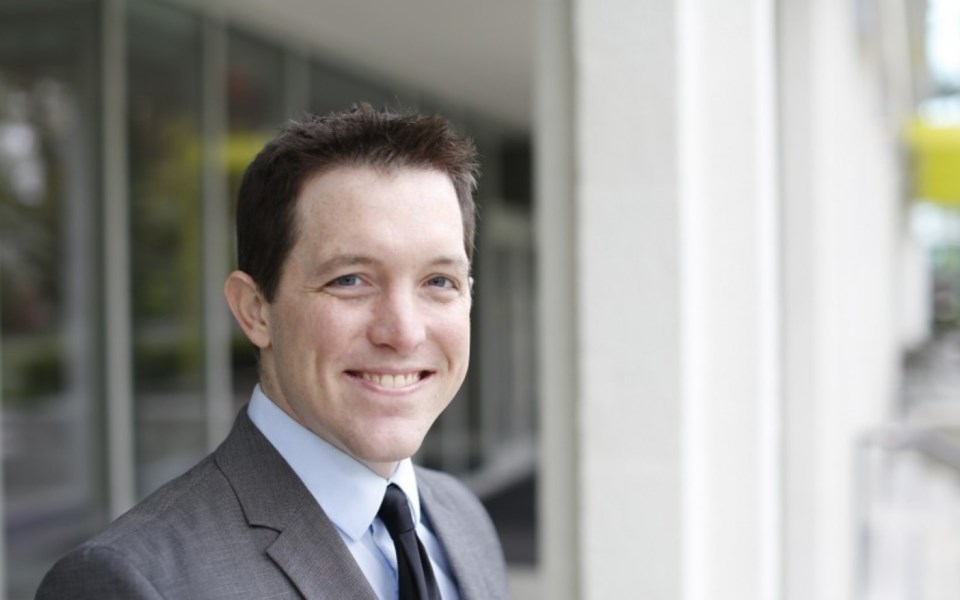It is always better for the seller to offer a low base price for an item, and give shoppers the option to upgrade for a specified fee, than it is to offer a higher base price that includes value-added extras.
That's the conclusion of University of British Columbia (UBC) researchers who analyzed a pricing strategy that could help retailers and restaurant owners boost sales, and who published findings in the October edition of Journal of Marketing Research.
The paper examined four studies, although six supplemental studies were completed and showed similar results, said David Hardisty, who co-authored the report and is assistant professor of marketing and behavioural science at UBC's Sauder School of Business.
In all cases, participants who were provided a low base offer, with the option to upgrade, were more likely to buy the more expensive total package than were those who were first provided the higher total fee, the studies showed.
This end result was the same regardless of whether the participants were looking at basic and deluxe newspaper subscriptions, televisions, flight routings or other products.
"In every study people chose the premium option more often when it was described as being for an additional price – for example $50 more, rather than when it was described as a total price of $250," said Hardisty, who worked on the study with UBC professor of marketing and behavioural science Dale Griffin and Nanyang Technological University assistant professor of marketing Thomas Allard.
"We're trying to better understand this pricing so consumers know the effect it has on them," Hardisty said.
"We're arming consumers with the knowledge of how these pricing strategies affect them."
He added that some of the research examined the psychological reaction of the pricing strategies on retail managers. Those sellers tended to prefer pricing items with the higher base price because their gut told them that they would be making a higher profit than if they had offered a lower price with an option to upgrade.
The result of the study is that, for restaurant owners, the better sales strategy is to offer a menu item without chicken, for example, if there is an asterisk that makes clear that for an additional price, chicken, or prawns, could be added.
Another pricing-strategy lesson for restaurant owners can be found in the book Folly Bistro, which Granville Island Publishing released this summer.
The author, former Café de Paris co-owner Bruno Huber, recounted some restaurant sales strategies that he employed at his French bistro, which operated at 751 Denman Street for a couple of years starting in 2010.
One lesson stemmed from Huber's realization that his restaurant was largely empty on Wednesday nights.
A fellow restaurateur told him that when he previously operated an Italian restaurant in the same block, Tuesday nights were slow. That restaurant instituted a special called $8.95 Tuesdays. Some new customers appeared, but not many.
When the restaurateur changed the name of the special, which was equivalent to half price, to Half Price Tuesdays, the place was packed.
"We haven't done any research on that, but that certainly sounds plausible," Hardisty said.
"It's sometimes hard to know what a number means in a vacuum. The restaurant owner knows exactly how much everything costs. He's super-tuned into it. Customers have some idea of what a better or worse price is – but 'half price'? We know that's a good deal."
@GlenKorstrom




